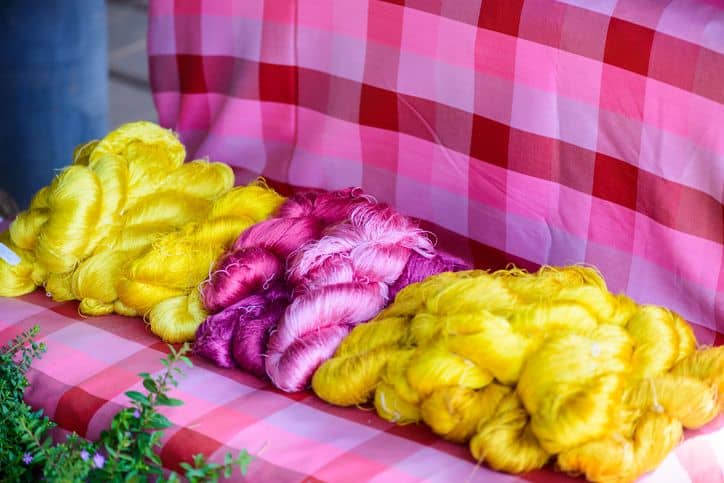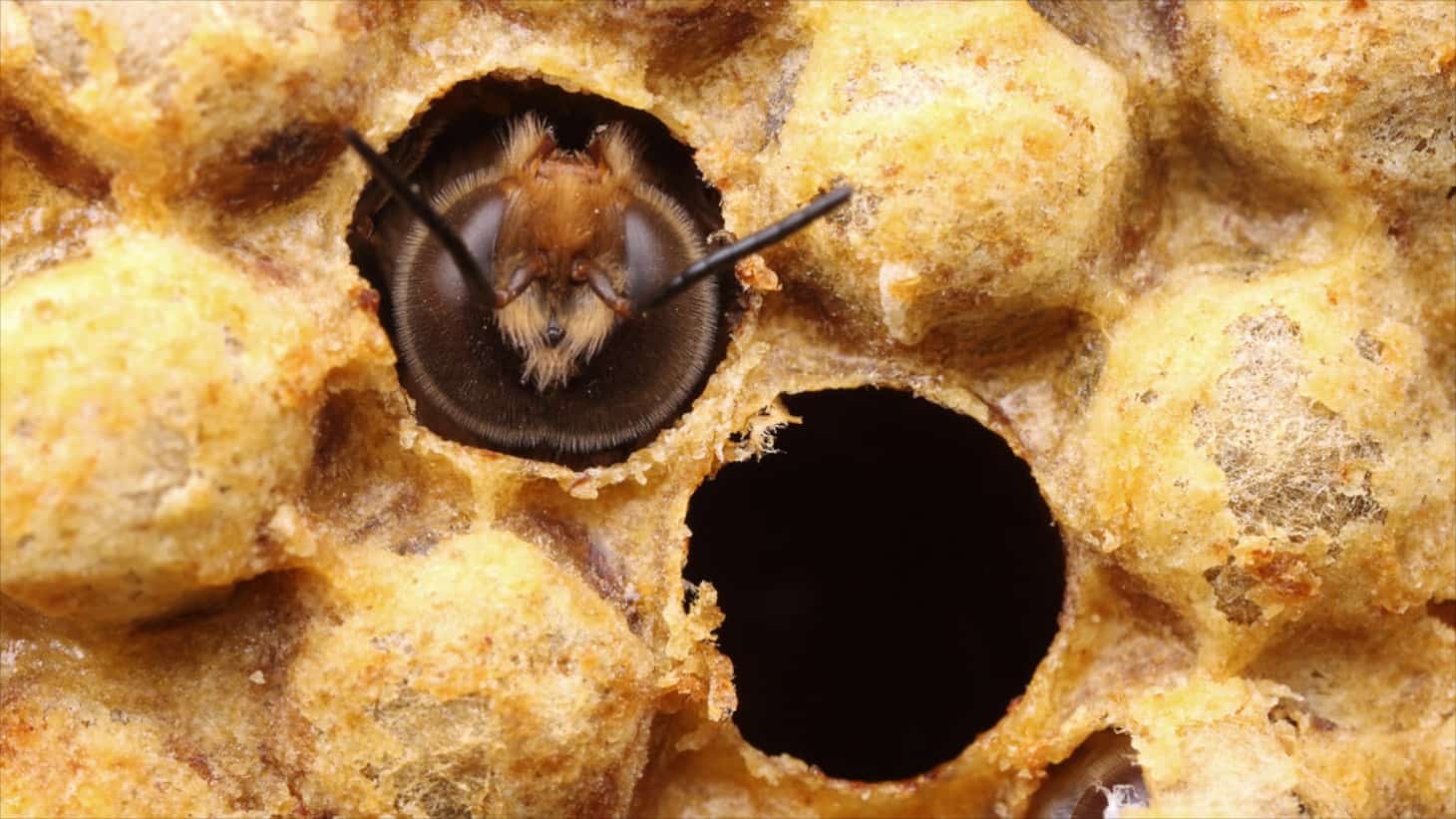Insect silk – biotech approaches for medical applications
Nature provides an enormous diversity of insect silks ranging from the well-known silk worm (Bombyx mori) silk to completely unrelated silk types of less prominent silk producing insects. Advances in biotechnological production of silk proteins enabled large scale production of these proteins for the development of a plethora of insect-silk inspired, new materials for various applications including biomedical applications as drug carriers, sensors or scaffolds for tissue engineering.
Silk has been admired due to its lightweight, smooth touch and shiny appearance ever since it was discovered by the Chinese in the 4th millennium BCE, and therefore has been intensely used for textile applications. Strikingly, besides the material’s beauty, natural insect silk has an impressive functionality. Silk fibres typically combine high extensibility with great strength, which results in an excellent toughness of the fibres.

In addition, silk fibres are biocompatible. Several silks show no cytotoxicity, evoke (nearly) no immune response if implanted into the body, and degrade into non-toxic by-products. Altogether, this makes silk a suitable and very promising material for future biomedical applications.
While, for a long time, silk research mainly focused on silks of silkworms, there is growing interest in the variety of silk types produced by various animals (mainly insects and spiders). In their research article, from the Zeitschrift für Naturforschung C the authors summarise recent developments in recombinant silk production as well as technical procedures to process recombinant silk proteins into fibres, films, and hydrogels.
Many insects produce silk for their survival and dispersal. The majority of arthropods produce silk for pupation cocoons to undergo metamorphosis inside the silken shelter, but also more specialised uses of silks exist.
For example, honey bees produce a silk which performs in the waxen environment of the bee hive, aquatic insects may use their silk under water to line their burrows, as a dip net to catch prey or even as underwater adhesives. Hence silks represent a very diverse class of materials, and nature provides a great diversity of material properties, which may be interesting for human use.

In the past, the low availability together with the fluctuation in quality of products obtained from natural sources hampered the development of broad applications of insect silks. In the few last decades, advances in the recombinant production of some of these insect silks fuelled the research in this field.
Using mostly bacterial organisms as expression hosts for the biotechnological production of silk proteins allows for a scalable production of insect silk proteins at constant quality and sufficient amount.
Furthermore, the recombinant protein production offers modifications of the proteins. For example, implementation of a fibronectin-derived motif allows control over cell-adhesion on recombinant silk materials and by supplementing silk films with catalysts, sensors can be developed. Changing the ratio of building blocks conferring either elasticity or strength to the material enables production of silk-based materials with tailored mechanical properties.
By applying different processing conditions to the protein, not only fibres can be formed, but also morphologies beyond the natural blueprint are feasible, such as films, coatings or hydrogels, which play an important role for future biomedical applications in tissue regeneration.